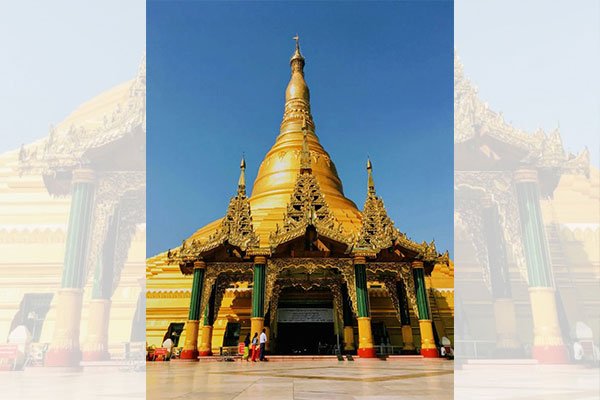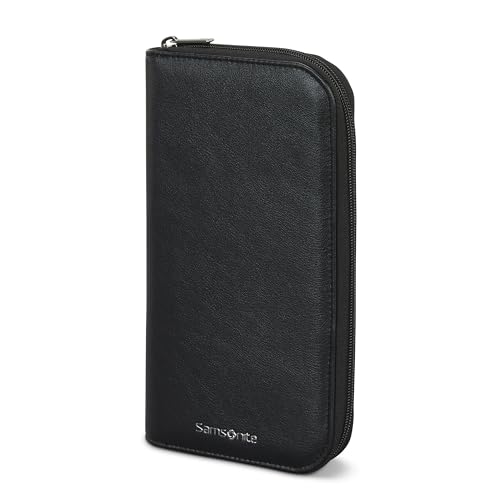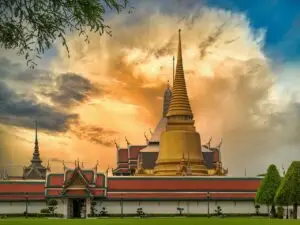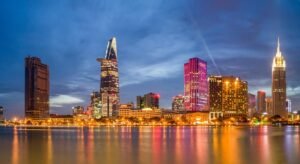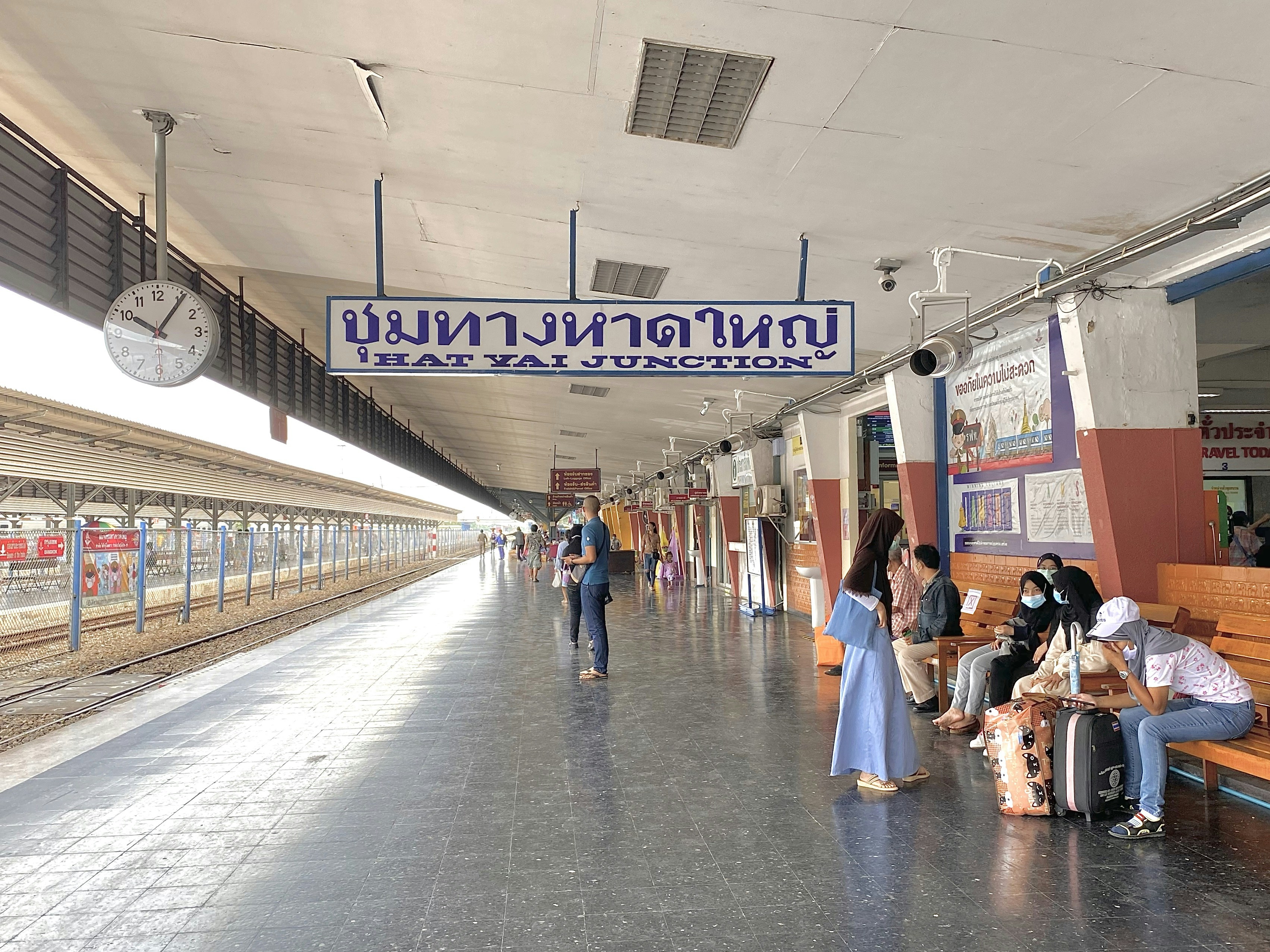Welcome to our Naypyidaw travel guide, where we explore one of the world’s most unusual capital cities. Officially declared Myanmar’s capital in 2005, Naypyidaw (also spelled Nay Pyi Taw) is often described as a city of grand scale but sparse crowds. Built as a planned city in the heart of Myanmar, it features enormous highways, government buildings, lush parks, and modern hotels—yet it remains one of Southeast Asia’s least-visited capitals. For adventurous travelers seeking something different, Naypyidaw offers a unique glimpse into Myanmar’s contemporary history and culture.
Demographics of Naypyidaw
- Population: Around 1.2 million people (2025 estimate).
- Language: Burmese is the official language, though English is spoken in hotels and tourist areas.
- Religion: Predominantly Theravada Buddhism, with small Christian, Muslim, and Hindu communities.
- Economy: Driven largely by government administration, construction, and infrastructure development.
Unlike Yangon (Myanmar’s former capital and largest city), Naypyidaw is a sprawling, low-density metropolis. Its design emphasizes wide boulevards, landscaped parks, and distinct “zones” for government, residential, hotel, and military use. This unusual layout makes it very different from other Southeast Asian cities.
A Brief History of Naypyidaw
Naypyidaw officially replaced Yangon as the capital in November 2005. The decision by Myanmar’s ruling military junta was shrouded in secrecy, with little explanation given at the time. Some believe it was for strategic security reasons—moving the capital to a more central location—while others say it reflected astrological or political considerations.
Since then, the city has continued to develop, with monumental buildings, hotels, and shopping complexes emerging over the past two decades. Despite its infrastructure, Naypyidaw is often described as a “ghost city” due to its surprisingly low traffic and lack of bustling street life.
Top Sightseeing Spots in Naypyidaw
While Naypyidaw may not have the energy of Yangon or Mandalay, it offers several attractions worth visiting:
1. Uppatasanti Pagoda
A near replica of Yangon’s famous Shwedagon Pagoda, the Uppatasanti Pagoda stands 99 meters tall and houses a sacred Buddha tooth relic from China. It’s one of the city’s most important spiritual landmarks and a must-see for visitors.
2. Naypyidaw Water Fountain Garden
A beautifully landscaped park featuring fountains, gardens, and walking paths. In the evenings, colorful light shows bring the area to life.
3. National Museum of Naypyidaw
This massive museum showcases Myanmar’s rich cultural heritage, with exhibits covering art, history, royal regalia, and natural history. It’s a great way to learn about the country’s traditions and diversity.
4. Zoological Garden and Safari Park
One of the largest zoos in Southeast Asia, Naypyidaw Zoo features animals from across Myanmar and beyond, including rare species. The adjacent Safari Park allows visitors to see animals in more natural environments.
5. Naypyidaw Gems Museum
Myanmar is known for its precious gems, especially rubies and jade. This museum highlights the country’s mining history and gemstone craftsmanship, with plenty of souvenirs available for purchase.
6. Parliament Complex
An enormous compound with grand architecture, the Myanmar Parliament is one of Naypyidaw’s defining landmarks. While access inside is restricted, the buildings are impressive from the outside.
7. Myoma Market
The city’s main market, where you can experience local shopping, street food, handicrafts, and traditional clothing.
Food and Drink in Naypyidaw
Naypyidaw’s food scene is still developing compared to Yangon or Mandalay, but you’ll find a growing range of options:
- Burmese Curry: Typically served with rice, soup, and multiple side dishes.
- Mohinga: A traditional rice noodle and fish soup, considered Myanmar’s national dish.
- Tea Leaf Salad (Lahpet Thoke): A flavorful salad made with fermented tea leaves, peanuts, garlic, and lime.
- Shan Noodles: A mild noodle dish with chicken or pork, originating from Shan State.
Hotels and restaurants in Naypyidaw also serve international cuisine, including Chinese, Thai, and Western dishes.
Best Areas to Stay in Naypyidaw
Since Naypyidaw is divided into zones, accommodation is concentrated in the Hotel Zone, which features modern hotels catering mainly to government officials, business travelers, and international guests. Some of the best areas to consider:
- Hotel Zone: The most convenient area, offering everything from budget hotels to five-star resorts.
- Near Uppatasanti Pagoda: For those seeking a quieter, more scenic stay close to cultural attractions.
- Downtown Naypyidaw: Smaller hotels and guesthouses near local markets and shops.
Travel Tips for Naypyidaw
- Getting Around: The city is very spread out. Taxis and private car hires are the most practical ways to get around, as public transportation is limited.
- Best Time to Visit: The cool, dry season (November to February) is the most pleasant time for sightseeing.
- Currency: Myanmar Kyat (MMK). US dollars are also widely accepted in hotels and larger businesses.
- Internet & Connectivity: Wi-Fi is available in most hotels, though speeds can vary.
- Local Culture: As with the rest of Myanmar, modest dress is recommended when visiting temples and religious sites.
Why Visit Naypyidaw?
Naypyidaw may not be the most popular destination in Southeast Asia, but that’s part of its appeal. Visitors often describe it as surreal—wide empty roads, oversized landmarks, and an unusual sense of calm compared to the bustling cities of Yangon and Mandalay. For travelers who want to see a different side of Myanmar, Naypyidaw offers a fascinating blend of modern ambition and cultural tradition.
Conclusion
As this Naypyidaw travel guide shows, Myanmar’s capital may be unconventional, but it holds unique experiences for those willing to explore. Whether you’re admiring the golden glow of Uppatasanti Pagoda, walking through the sprawling National Museum, or simply experiencing the contrast of wide boulevards with sparse crowds, Naypyidaw offers a one-of-a-kind journey.
For a complete Southeast Asia adventure, pair your trip to Naypyidaw with nearby destinations such as Bangkok, Ho Chi Minh City, Manila, Phnom Penh, Vientiane, Kuala Lumpur, Singapore, and Jakarta. Together, these cities provide an incredible cross-section of culture, history, and modern life in the region.

